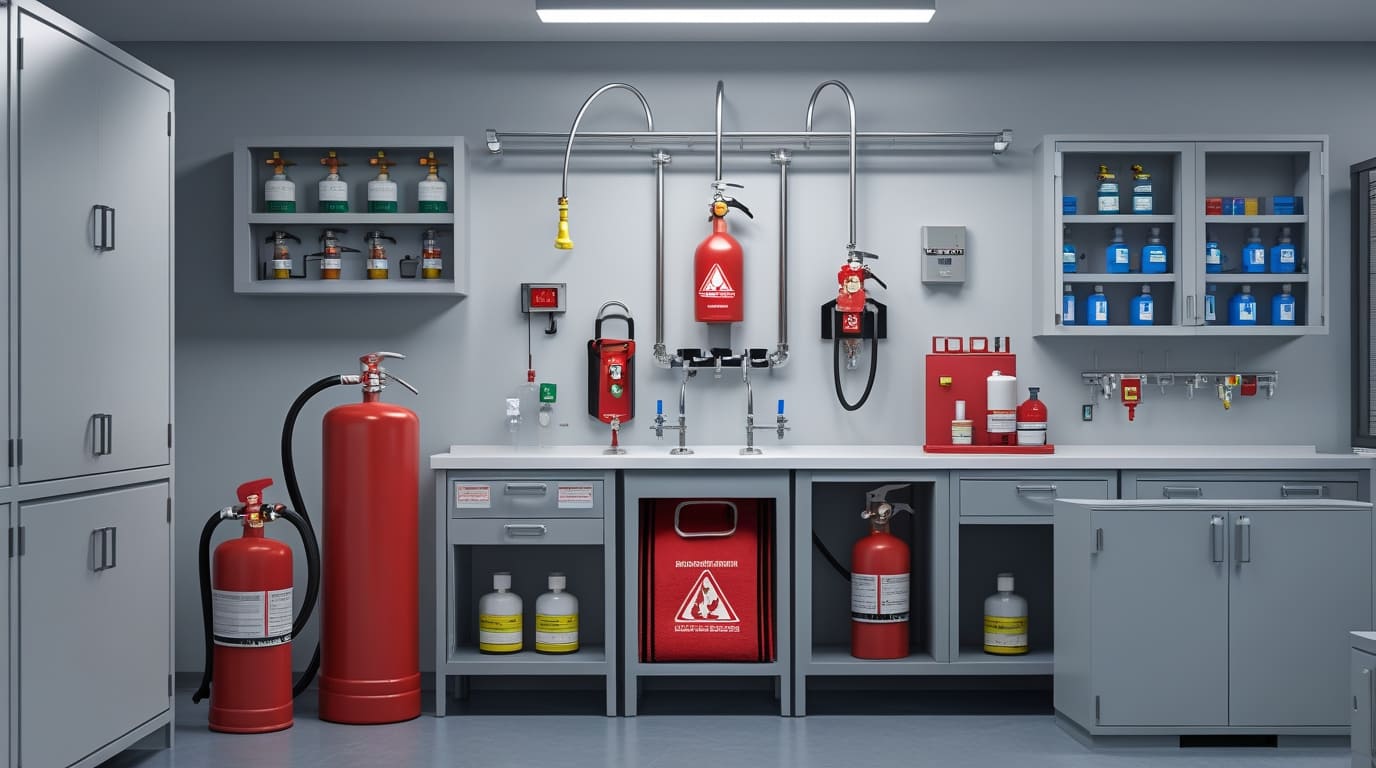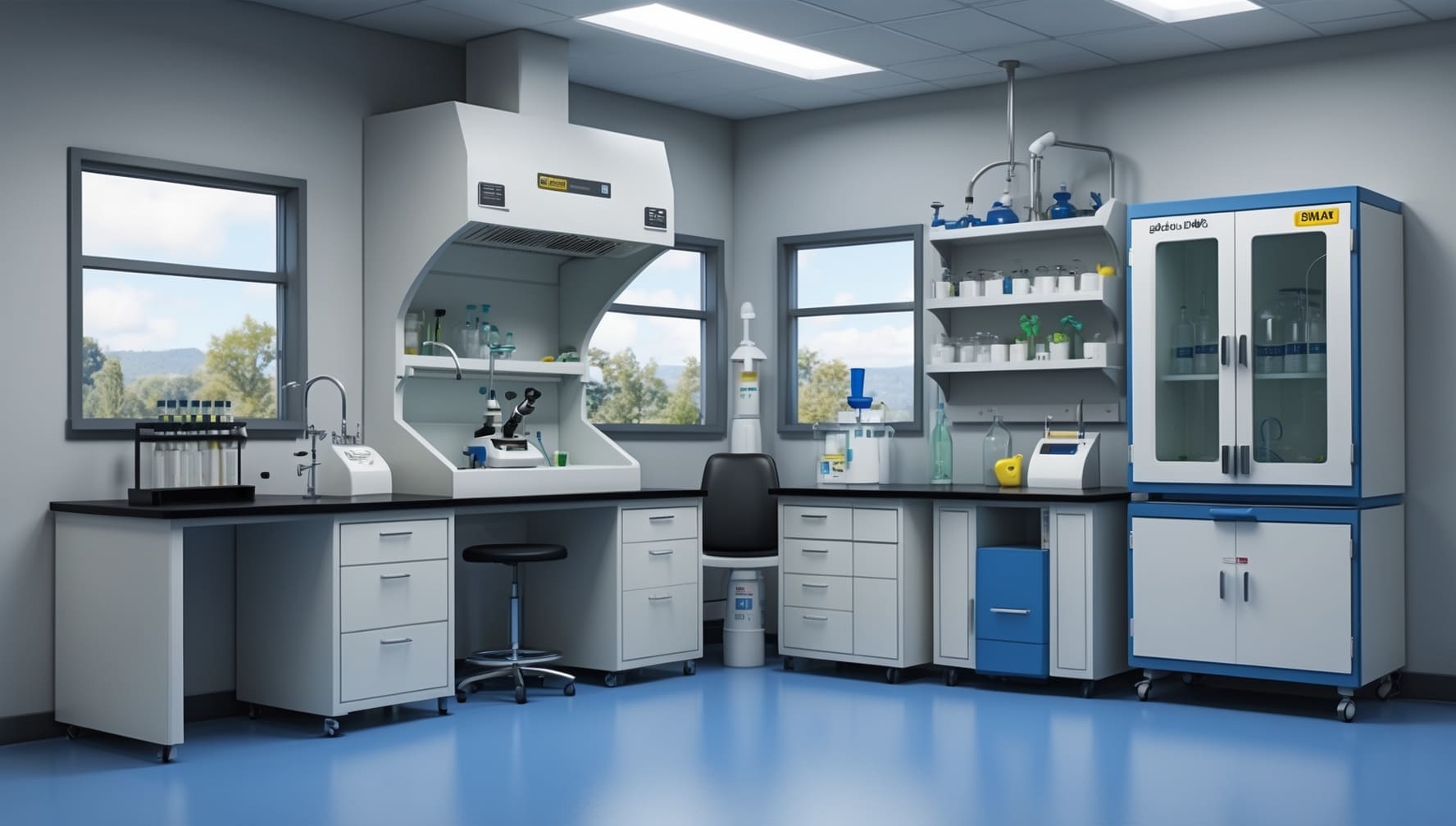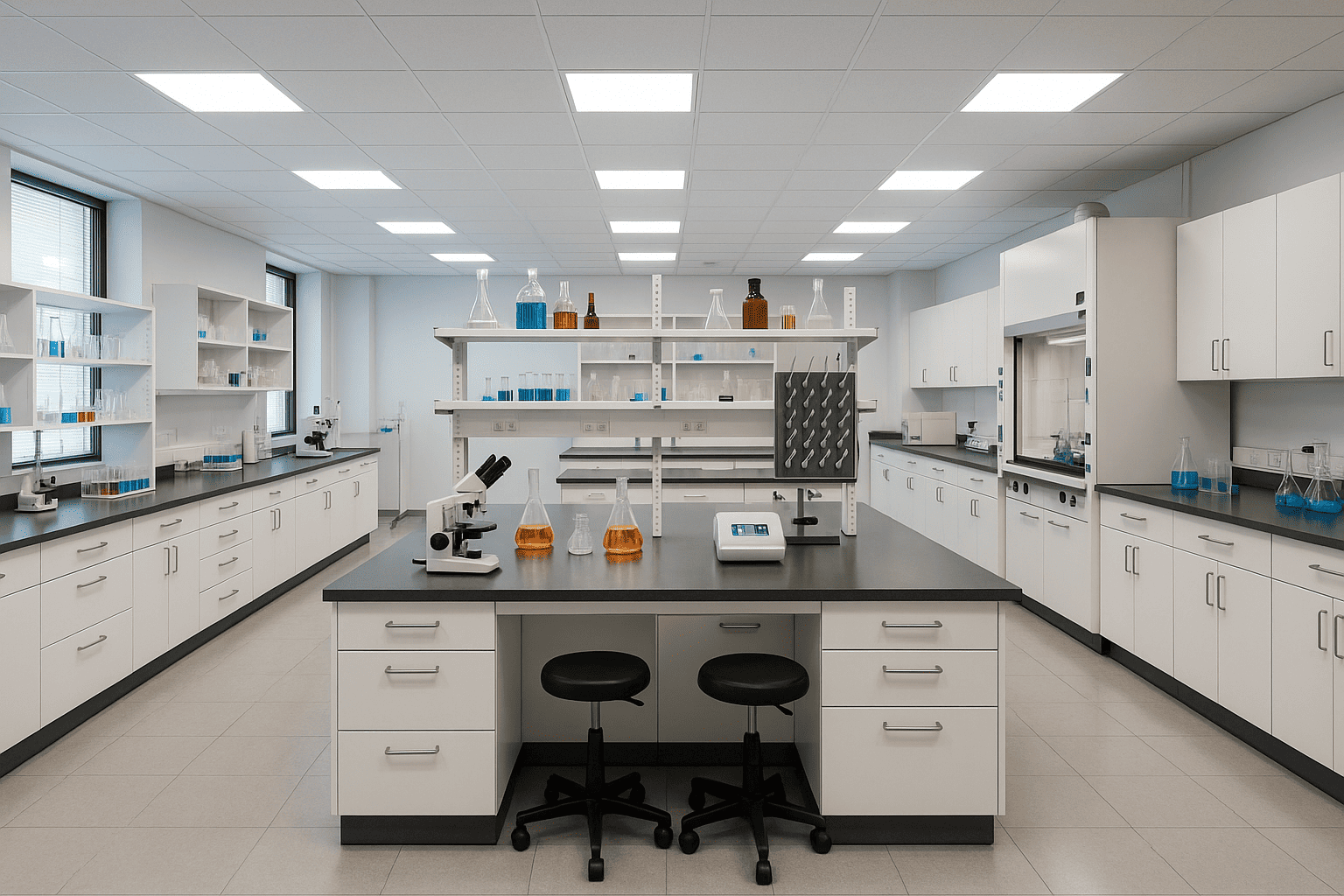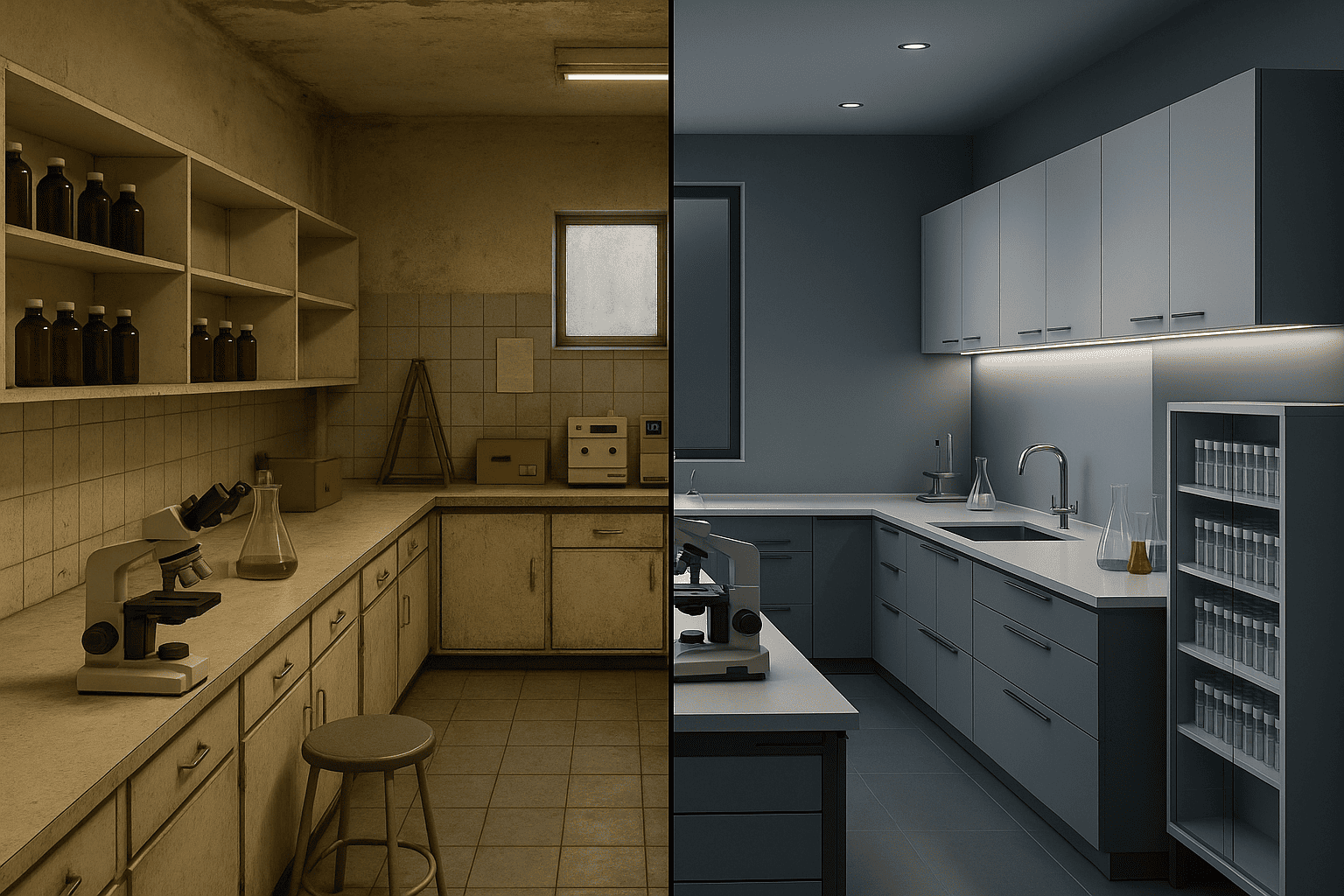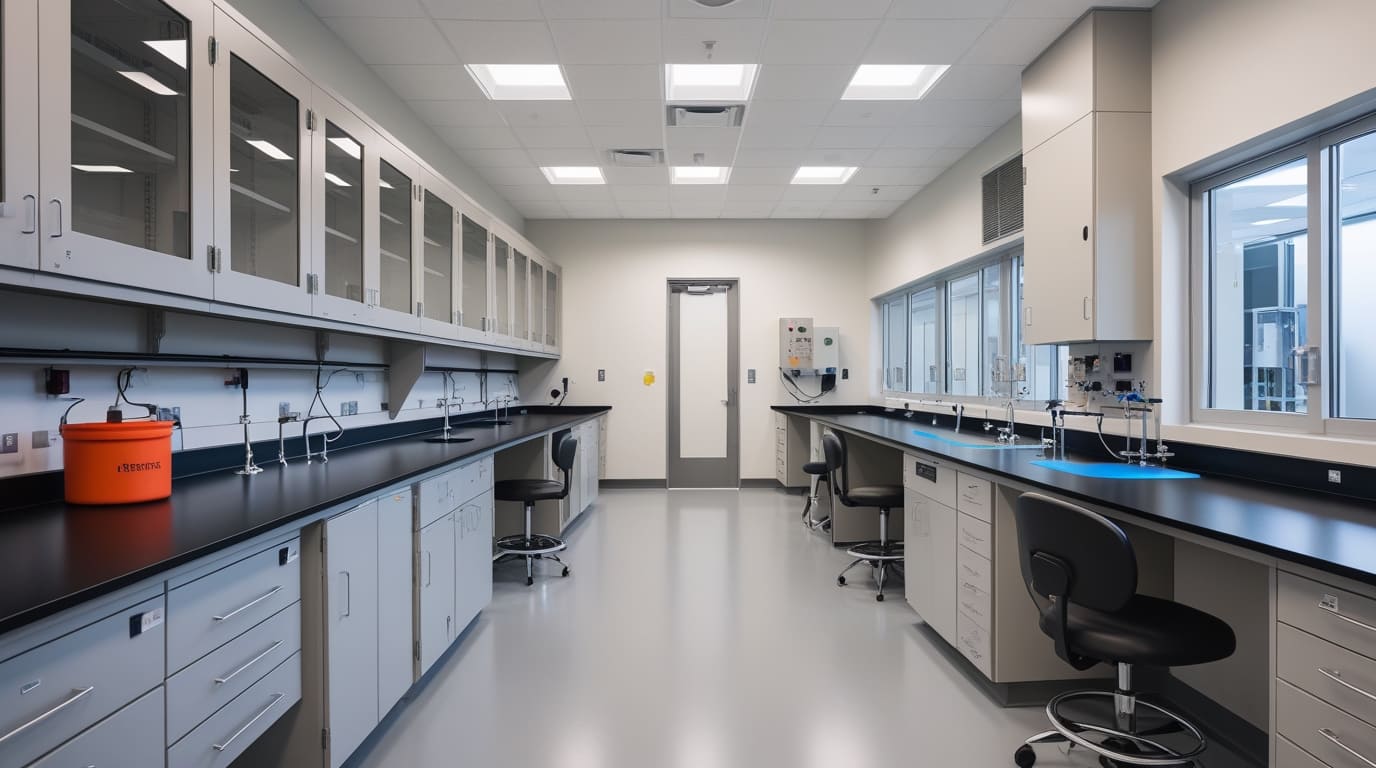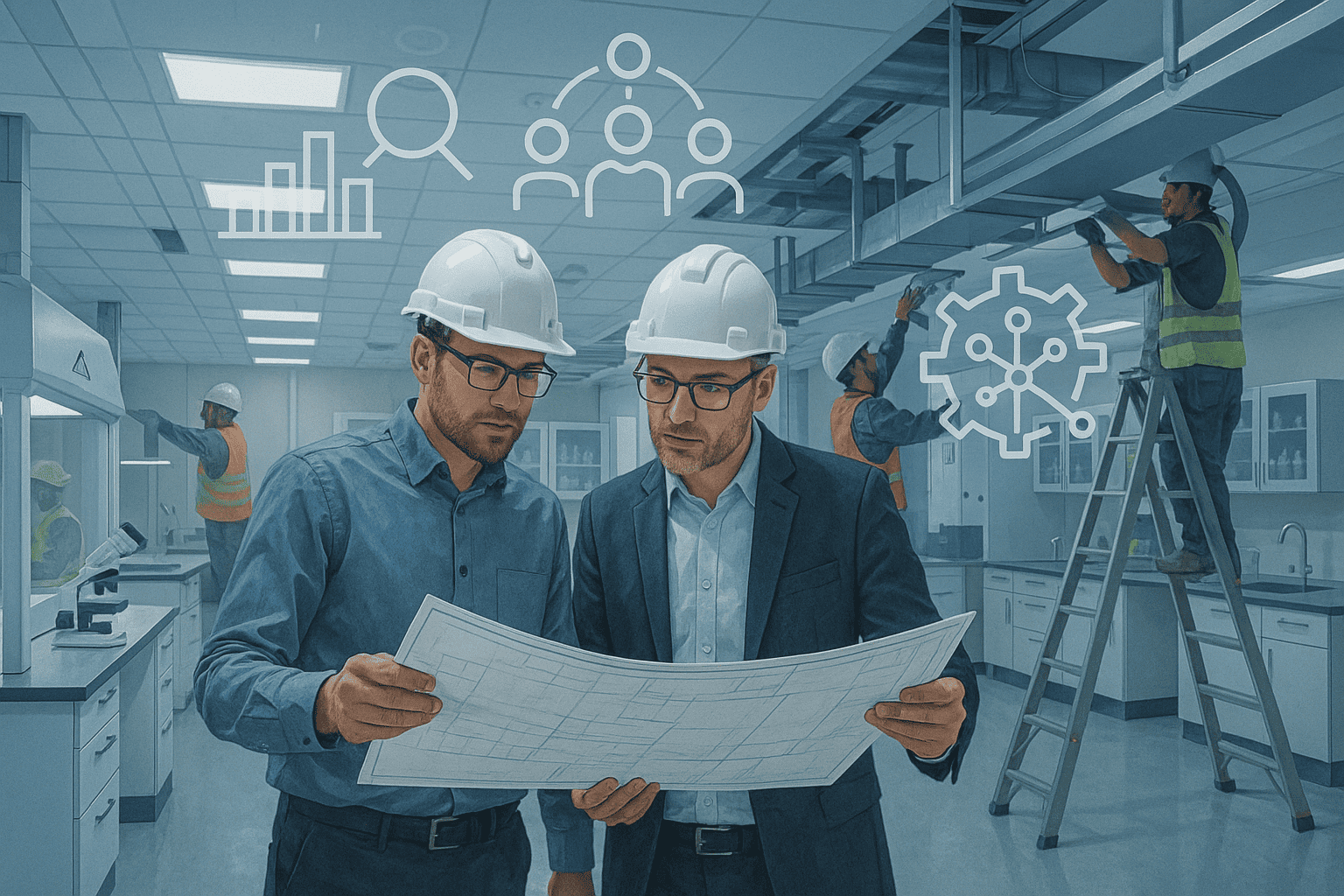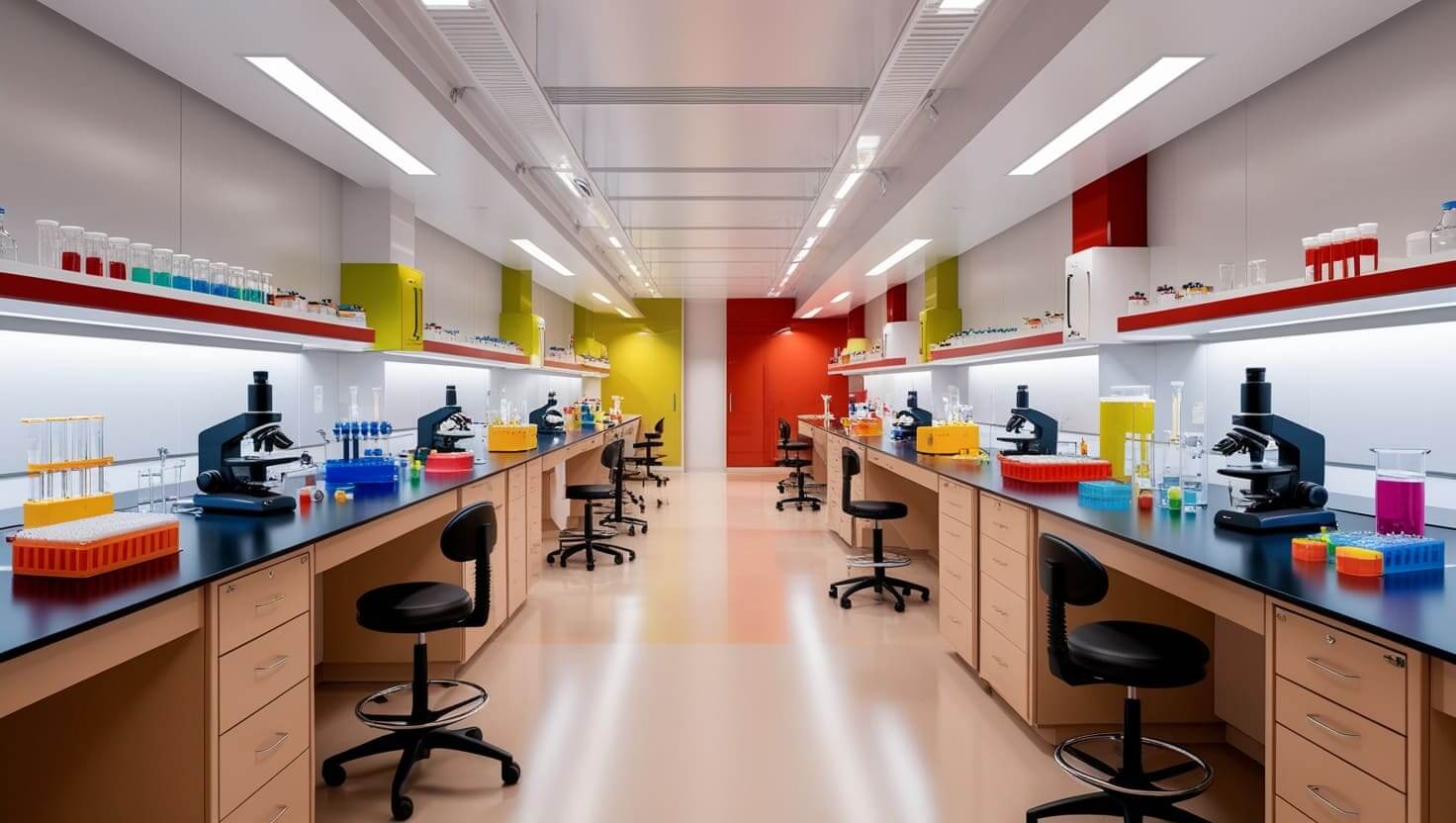
Planning a turnkey laboratory project might seem complicated at first, but with the right approach and steps, it can be done smoothly and efficiently. A turnkey lab solution means that everything is taken care of from start to finish—design, construction, setup, and final delivery—so the lab is ready for immediate use.
This guide will walk you through the step-by-step process to plan and manage your turnkey laboratory project successfully. Whether you are building a new lab or upgrading an old one, following these steps will save time, reduce stress, and ensure great results.
Step 1: Define the Purpose of the Lab
Before starting any lab project, it’s important to understand what kind of lab you want to build. Ask yourself:
- What type of work will be done in the lab?
- Will the lab be used for research, testing, education, or diagnostics?
- How many people will use it daily?
- What safety rules must be followed?
Answering these questions helps you create a clear plan and choose the right turnkey lab solutions to fit your needs.
Step 2: Choose the Right Turnkey Partner
A turnkey laboratory project needs a reliable company that can handle the entire process. Look for a contractor or supplier that offers full turnkey lab solutions, including:
- Lab layout and design
- Construction and interior work
- HVAC and utility installation
- Equipment setup and calibration
- Safety system installation
- Final testing and documentation
Select a team with experience in your type of laboratory. Check their past work, client feedback, and ask for a detailed project proposal. A strong partner will ensure quality, speed, and safety.
Step 3: Design the Laboratory Layout
Design is one of the most important steps in a Plan a Turnkey Laboratory Project. A good layout improves workflow, safety, and comfort. When working on the design:
- Make sure movement is smooth for people and materials.
- Keep clean and dirty areas separate if needed.
- Ensure work areas are well-lit and ventilated.
- Plan proper storage areas for chemicals, samples, and tools.
- Include safety features like eye wash stations, fire extinguishers, and emergency exits.
Work closely with your turnkey provider to create a smart and flexible design that meets your lab’s current and future needs.
Step 4: Choose the Right Equipment
Every lab needs the right tools and machines to operate efficiently. Your turnkey lab solution provider will help you select, purchase, and install the equipment you need. This may include:
- Lab benches and furniture
- Microscopes and centrifuges
- Refrigerators and storage cabinets
- Fume hoods and biosafety cabinets
- Water purification systems
Make sure all equipment is durable, from trusted brands, and comes with user manuals and warranty coverage.
Step 5: Plan for Utilities and Infrastructure
For a lab to run smoothly, several technical systems must be in place. These should be included in the scope of your turnkey laboratory project:
- Electrical Systems: Ensure enough outlets and backup power for sensitive equipment.
- Water and Gas: Plan plumbing and gas lines for experiments, cleaning, and emergencies.
- HVAC: Proper heating, ventilation, and air conditioning systems keep the lab safe and comfortable.
- Lighting: Bright, uniform lighting helps avoid mistakes and strain.
- Safety Systems: Install fire alarms, gas leak detectors, access controls, and CCTV if required.
All systems must follow local codes and laboratory safety standards.
Step 6: Construction and Installation
With the design and planning done, the construction phase begins. The turnkey lab solutions team will handle building the lab space, installing all systems, and setting up the equipment.
During this phase:
- Monitor progress through regular updates or site visits.
- Communicate often with the project manager.
- Make sure the timeline and budget are being followed.
- Keep track of any changes or issues that may arise.
Good coordination between engineers, designers, safety experts, and your own team is essential at this stage.
Step 7: Testing and Commissioning
Before the lab can be used, it must be fully tested to ensure everything is working correctly. This includes:
- Testing of power supply and backup systems
- Checking plumbing, water, and gas lines
- Verifying air quality and temperature control
- Calibrating equipment for accuracy
- Ensuring all safety features are operational
This process is often called “commissioning.” It’s a key part of any turnkey laboratory project and ensures the lab is safe and ready to use.
Step 8: Staff Training and Documentation
Once everything is installed and tested, your team needs to learn how to use the lab properly. Training is usually part of most turnkey lab solutions and may include:
- How to use each piece of equipment safely
- Lab protocols and best practices
- Emergency response training
- Waste disposal and hygiene rules
You should also receive full documentation, such as:
- Equipment manuals and warranties
- Safety certificates and building approvals
- Layout and wiring diagrams
- Maintenance schedules
These documents are valuable for future reference and audits.
Step 9: Final Handover
The final step in the turnkey laboratory project is the official handover. The contractor will provide you with all test reports, warranties, and certifications. You will also get a detailed report of what was installed and how everything works.
Take a final walk-through with your team and the contractor. Check every room, piece of equipment, and system. Make a list of any small problems (called “snagging”) that need fixing before you sign off the project.
Extra Tips for Success
Here are some tips to keep your turnkey lab solution project on track:
- Start with clear goals and a realistic budget.
- Choose a contractor who specializes in laboratories.
- Don’t compromise on safety or quality.
- Allow time for staff training and inspections.
- Plan for future growth by keeping the design flexible.
Conclusion
A successful turnkey laboratory project requires careful planning, experienced partners, and clear communication. With a step-by-step approach, you can build a lab that is efficient, safe, and ready for any scientific challenge.
By working with professional turnkey lab solutions providers, you can avoid common mistakes and get a fully equipped lab that meets your exact needs. Whether you’re starting a small school lab or a high-tech research facility, the key to success is in the planning—and now, you have a guide to help you every step of the way.

